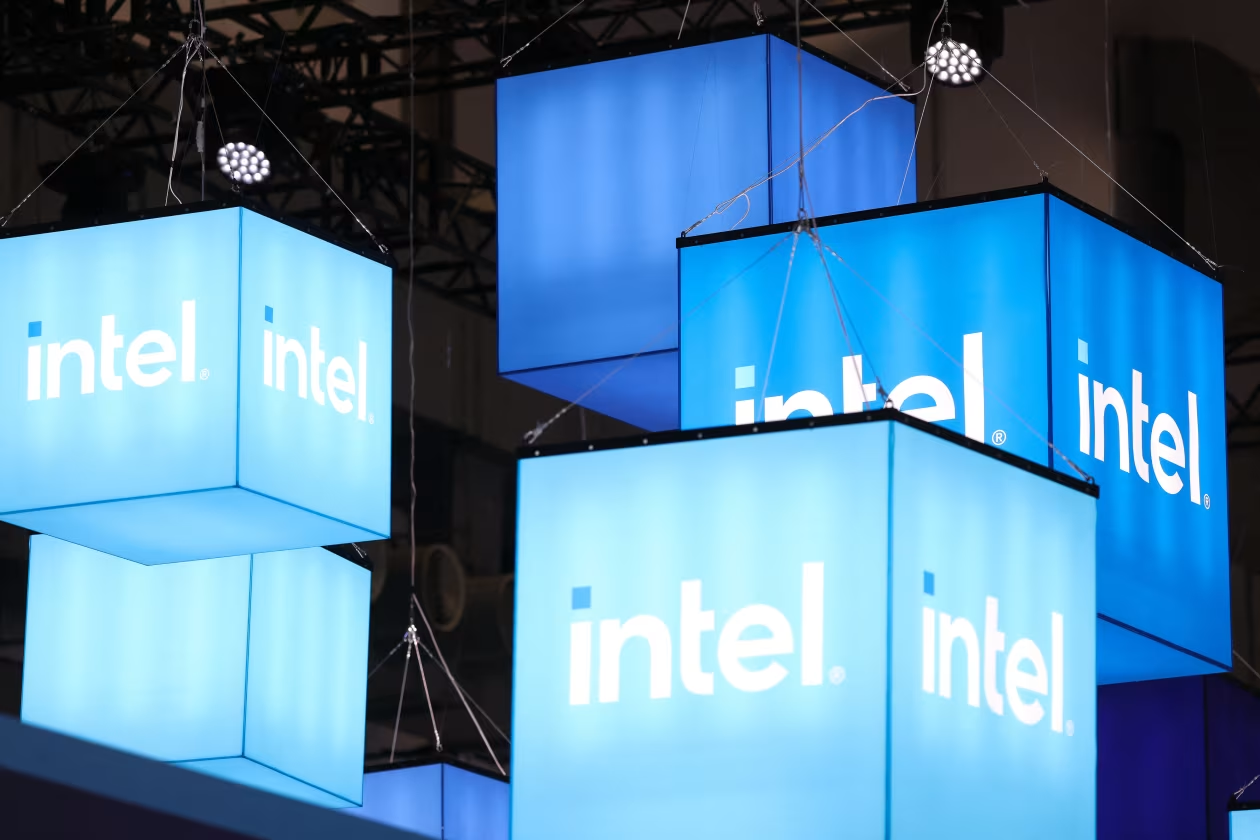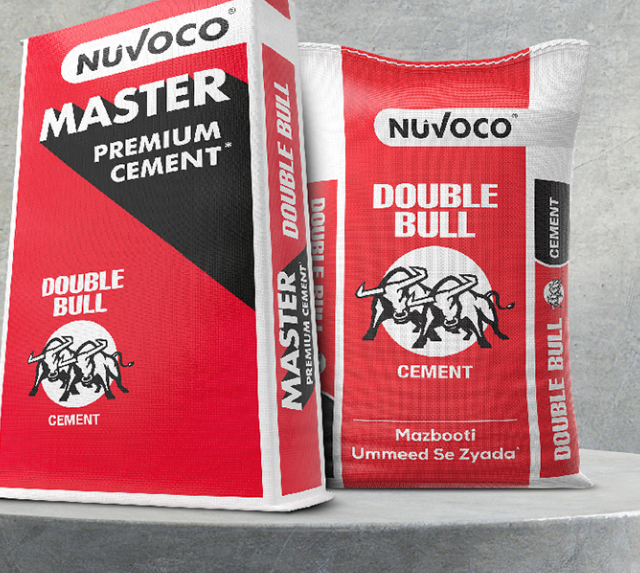In a move that underscores the growing intersection of government policy and corporate strategy, the U.S. has agreed to take a 9.9% equity stake in Intel, converting federal grants into direct ownership. The deal, valued at $8.9 billion, signals a bold attempt by the White House to secure domestic semiconductor capacity while stabilizing one of America’s most iconic technology companies.
A Shift in U.S. Industrial Policy
Rather than distributing subsidies as cash support, the government is now leveraging its financial backing into ownership rights. This marks a shift from traditional state aid toward a quasi-sovereign wealth strategy, where Washington positions itself as both regulator and shareholder.
Commerce Secretary Howard Lutnick described the agreement as a “fair deal for both Intel and the American people,” highlighting how federal funding from prior initiatives, including the CHIPS Act, is being repurposed into equity.
Why Intel Matters
Intel’s strategic importance cannot be overstated. Once the undisputed leader in semiconductor technology, the company has struggled to maintain competitiveness against Taiwan Semiconductor Manufacturing Company (TSMC) and Nvidia, while also losing share in processors to AMD.
The company posted a $18.8 billion loss in 2024, its first annual deficit in nearly four decades. Its foundry business—central to U.S. ambitions of local chip manufacturing—remains under pressure, with doubts about its ability to scale quickly enough without external financial and technological partners.
By taking a stake, the government provides Intel with both liquidity and political backing. Analysts suggest this may help the company buy time to revive its foundry strategy, even as it trails competitors in advanced chip design.
Strategic Leverage and Risks
The deal does not include a government board seat, but it comes with warrants that could expand U.S. ownership if Intel’s foundry business falters. For Washington, this structure offers flexibility: passive ownership in normal conditions, but potential influence if strategic interests are at risk.
However, critics warn of unintended consequences. By blurring the line between state support and state control, the administration risks creating new categories of corporate uncertainty. Investors now face the question of whether federal intervention is a backstop—or a constraint.
The Bigger Picture: Global Chip Competition
This Intel agreement is part of a wider pattern of state-led interventions in critical industries. Recent moves include:
- Allowing Nvidia to sell modified AI chips to China while granting the U.S. a share of revenues.
- Securing a controlling interest in MP Materials, a rare earths supplier vital for defense and technology supply chains.
- Negotiating a “golden share” in the Nippon Steel–U.S. Steel acquisition to protect domestic interests.
The message is clear: the U.S. is no longer content with being just a regulator—it wants to be an active market participant in industries deemed essential for national security.
Intel’s Challenge Ahead
Despite financial injections from both Washington and Japan’s SoftBank, Intel still faces steep operational challenges. Its foundry business must scale quickly to attract global customers, while it continues to lag behind rivals in AI and advanced logic chips.
As Daniel Morgan, senior portfolio manager at Synovus Trust, noted: “Without government support or another financially stronger partner, it will be difficult for Intel’s foundry unit to raise enough capital to compete at the pace required.”
Final Word
This deal represents more than a corporate bailout—it is a recalibration of U.S. industrial strategy. For Intel, the funding offers a lifeline. For Washington, it secures influence in one of the most strategic sectors of the 21st century. But whether this partnership can help Intel close the gap with its rivals remains the defining question for America’s semiconductor ambitions.
Partner With Us
Want to feature your brand, business, or service on 365247 — Whether you’re looking to sponsor, collaborate, or build presence within our ecosystem, we’d love to explore it with you.
Submit your interest here
IMAGE: Getty Images


